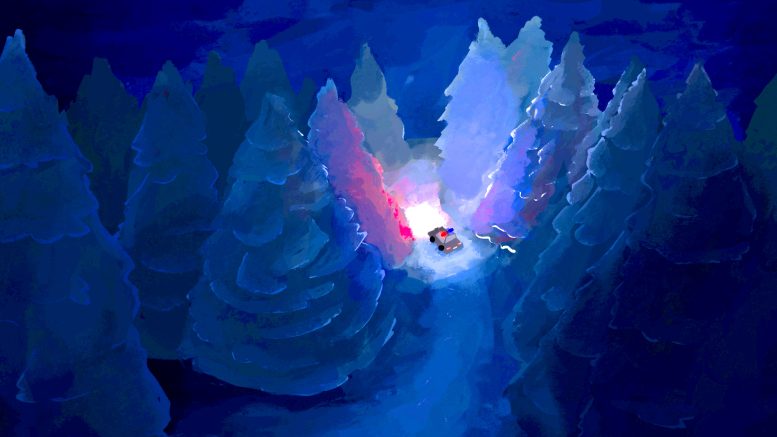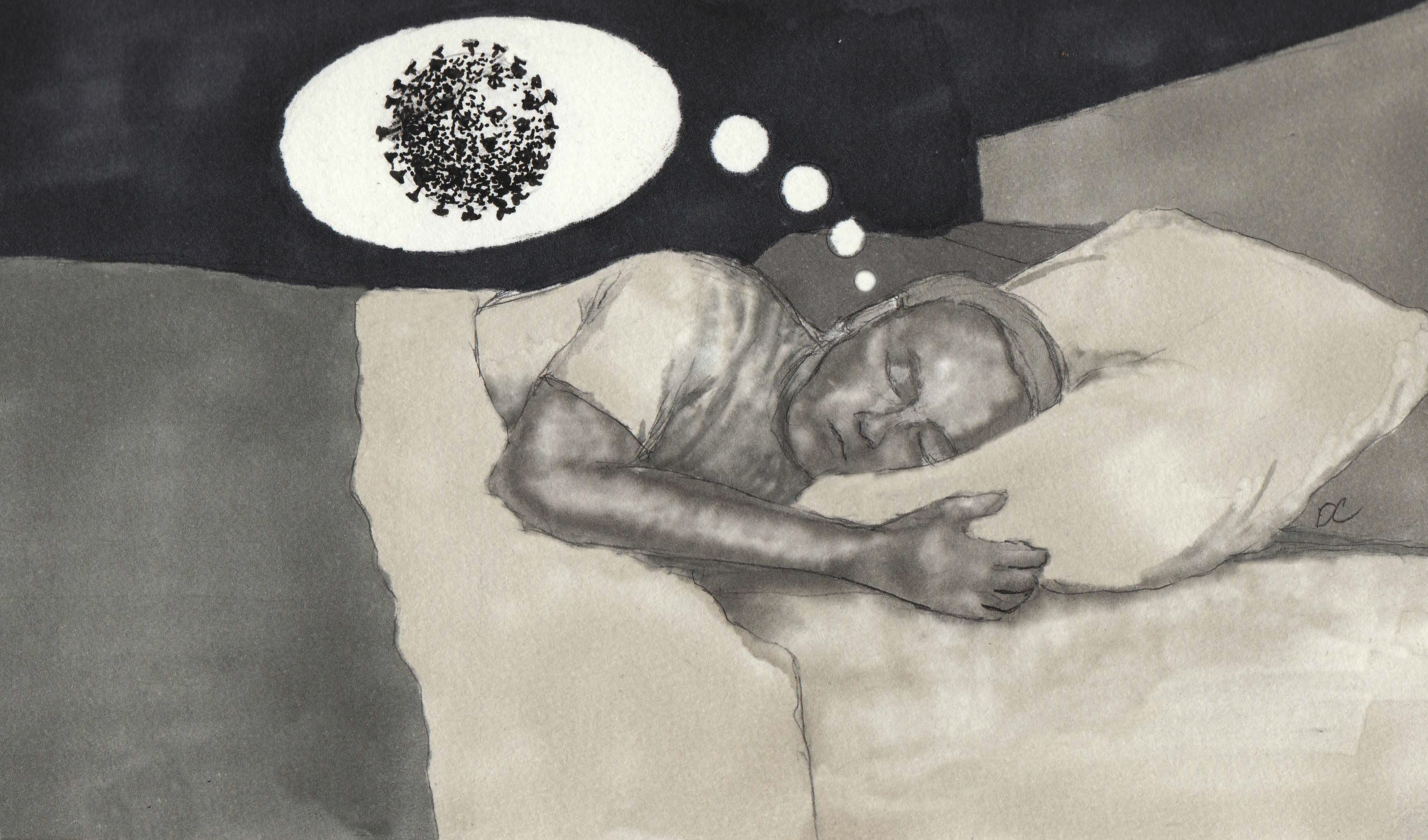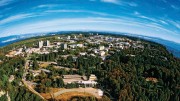There are too many examples of the police mistreating the Indigenous people of Canada. There’s no way I can walk through them all in an article, but I can begin in Saskatoon, Sask. where Darrell Night survived the Starlight Tours.
Colloquially known as the Starlight Tours of western Canada, these are events where police pick up vulnerable Indigenous people, drive them out to remote areas on the outskirts of the city and leave them to find their own way back. These “tours” happen in the freezing temperatures of brutal Canadian winters where the victim has little to no weather appropriate clothing, often resulting in hypothermia.
A little over 24 years ago, Night was picked up by two local police officers, Dan Hatchen and Ken Munson, after leaving an apartment building while drunk and shouting. The officers picked him up, and he grew fearful, thinking of stories of rumoured Starlight Tours. With the temperature that evening being below 20 degrees Celsius, Night wasn’t prepared for the cold. He was only wearing a light jean jacket when the officers dropped him off, ignoring his pleas before finally driving off.
Night only survived was by knowing the area. He found his way to the nearby power plant and begged for someone to help him. Night shared his story when two other men were found frozen to death in the same area he had been dropped at. Night speaking out was a catalyst, raising questions of foul play in the case of Neil Stonechild, one of the victims.
Hatchen and Munson were convicted of unlawful confinement and served eight months, losing their positions and their pensions. While that sounds like a good enough punishment, they were still not punished for the ruthlessness of almost killing Night. The officers never even apologized.
Night created an uproar in January of 2000 by surviving the trauma that he was put through. He turned the public eye to the police, and he had the courage to speak on what happened to him and on behalf of the people before and after him who did not get the chance.
The relationship between Indigenous people in Canada and law enforcement has been poisoned by the actions of the police in these cases and many more. Night spent part of his life fighting for the rights of Indigenous people to live freely and not in fear of people who are supposed to protect our cities. Night started something so important and it has been passed to young people after his death, because if he is not going to be here anymore, more people need to step up to the plate.
What is something that Canadians can do to put a stop to the violence against Indigenous people and other people of colour? We need to realize that the police who are being violent are not just the “bad cops,” they are examples of what the system and our country not only allow, but have been built on.
There are a few ways that police officers can take advantage of their authority, from intimidation to use of excessive force — or what most people refer to as police brutality. This can come from poor police training, lack of repercussions in the system and racism.
According to an article from the Yellowhead Institute, some of the ways to mitigate police violence are government commitment to addressing the ways in which our system fails, gathering data on race-based demographics, and introducing groups such as the Truth and Reconciliation Commission and the Royal Commission of Aboriginal Peoples to oversee and recommend the changes that need to be made.
Lives are in danger right now, and there are things that people who want to help in a more immediate way can do on a community level. They can support victims and their families, donate or volunteer their time at Indigenous shelters and organizations, join in on community walks and, most importantly, stay informed.




